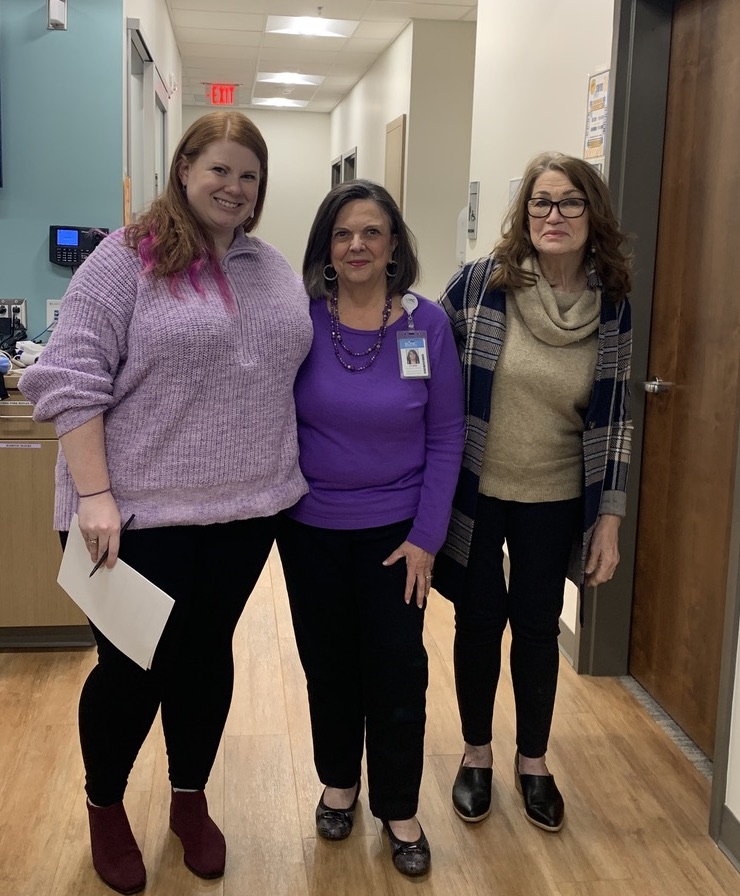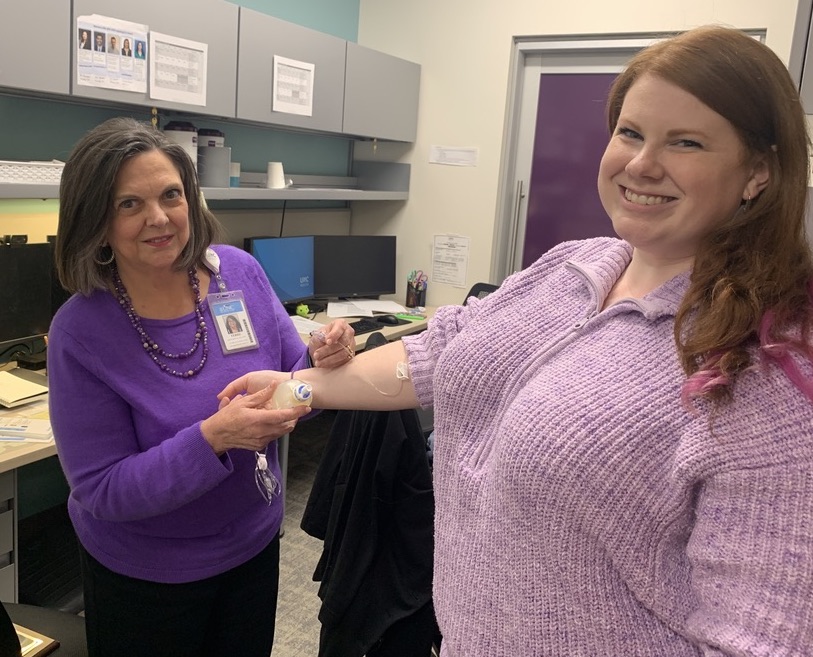As health care shifts from reimbursement based on numbers of patients seen or procedures performed, to reimbursement based on quality of care, the infectious diseases specialty is challenged to accurately reflect the complex, expert care that ID physicians provide. One way could be outpatient parenteral antimicrobial therapy, or OPAT, which monitors patients who are discharged from the hospital on intravenous antibiotics to treat serious infections. These may be for bone and joint infections, infections in the lungs, heart or bloodstream, or complicated infections of the skin and soft tissue. The OPAT concept has been around for 30+ years, but only recently have hospital systems begun to measure its success. OPAT infectious diseases physician Brian Bramson, MD, sees the efficiencies and the patient satisfaction.

That patient was referring to a proactive and supportive team that stayed in touch with her throughout the care continuum. Terre Oosterwyk, MSN, RN, OPAT’s program manager explained the service.
“We manage the care for patients who are medically ready to go home but need to continue with IV medicine to treat an infection. Our program allows that transition of care from an inpatient setting to a post-acute setting, with patient care safely delivered in the home,” Oosterwyk said.
Matching the Drug with the Bug

Angela Perhac, PharmD, BCIDP, CPP, has a vital role, helping determine which bug is involved with an infection, which drug is best, and the frequency needed, along with the appropriate device for the home setting.
“A culture is the best way to tell what is needed, and we start by testing the organism against different drugs to see if it is susceptible or resistant,” said Perhac. “But we don’t always have bacterial growth on cultures to guide our therapy.”
Perhac compares the task to putting pieces of a puzzle into place.
“In these cases, we must determine the optimal therapy for these patients. Some drugs cover a lot of organisms, and some target only a few. We prefer to use drugs that target only a few organisms, to prevent resistance and preserve broad-spectrum antibiotics.”
“We see a variety of infections, including bone and joint infections, endocarditis, intra-abdominal abscesses, and diabetic foot ulcers. In some cases, we use imaging (CT, MRI) as part of the treatment, to evaluate improvement throughout the treatment course,” Perhac said.
Building the Safety Net

Care delivery starts with the onboard call, within 24-72 hours of discharge, at which time the OPAT team explains the role of home health nursing and home infusion, how medication will be administered, and when it will be delivered to the home. During the call, the OPAT team tells patients who to contact with questions related to IV lines or drug side effects. For medication administration or supply questions, patients know to contact the home infusion company or home health nurse. Building this base of information sets the patient up for success.
“This early touch point makes a difference in how we are able to manage care, such as nausea and vomiting, common side effects of antibiotics,” said Oosterwyk. “We are building a safety net by making sure the patient has phone numbers for the clinic during the day, and on-call ID provider for nights, and weekends, and holidays.”
“Our Clinical Pharmacist Practitioner, Angela, can make medication adjustments and order repeat labs or medications to help with side effects, such as nausea, which can prevent additional ED visits or readmissions.”
With careful patient selection and antimicrobial management dependent on a team approach, OPAT is keeping UNC patients from being readmitted, with clinical follow-up and weekly monitoring of clinical laboratory results. This leaves hospital beds open for those with critical needs.
Recognized For Quality and Safety
Oosterwyk joined the Division of Infectious Diseases over three years ago after serving as an infusion nurse liaison at UNC Medical Center. Bringing 30 years of nursing experience in home health, critical care, and strategic health management, she coordinates a service that not only delivers safe and appropriate antimicrobial therapy at home it streamlines the treatment process and timeline.
In 2023, UNC Medical Center honored the OPAT Program with a Quality and Safety Award recognizing the team’s role in reducing hospital readmissions.
“We work closely with the patient and the physician as one team, and we’re able to clinically intervene and make quick decisions, for example, on a change at the lab or a visit to the ER. Our service offers a faster response time and clinical intervention when needed,” Oosterwyk said. “As our providers have become more comfortable with the program, our numbers have increased tremendously.”
Measuring the Success of the Program

Alina McCue (ID pharmacy intern-right).
While patient satisfaction is frequently expressed, the decrease in preventable readmissions is measured. At UNC Medical Center, readmission rates have steadily declined in recent years as more patients receive the therapy. Michael Swartwood, MSN, RN, CAPM, OPAT’s data manager, works closely with the OPAT clinical team to monitor the program.
“Since 2017, patients completing therapy have increased 68% while readmissions during OPAT have decreased from 25% to 11% in 2023,” Swartwood said.
What Referring Providers Need to Know
Patients must be seen by an ID physician prior to a referral to the OPAT program and after discharge, to assess the need for IV, oral, or combination antimicrobial therapy. While most patients are referred from the hospital, the OPAT service is also available in the outpatient setting. In fact, Oosterwyk says the number of patients who have started OPAT in the outpatient setting has doubled since the program began, and this is preventing hospital admissions altogether.
“We hope providers on different services will see this as an opportunity to utilize the experience and talent within our Division of Infectious Diseases,” Oosterwyk said.
The service may also help to quantify the value ID physicians provide in more complex, difficult cases, where an ID consultation can significantly improve patient outcomes.
The team is led by OPAT director, Mary Catherine Bowman, MD. Other members of the OPAT team include Suzy Rogers, administrative assistant, with provider support from Corazon Halsey, FNP-BC, Brian Bramson, MD, Claire Farel, MD, Nick Mavrogiorgos, MD, and Asher Schranz, MD.